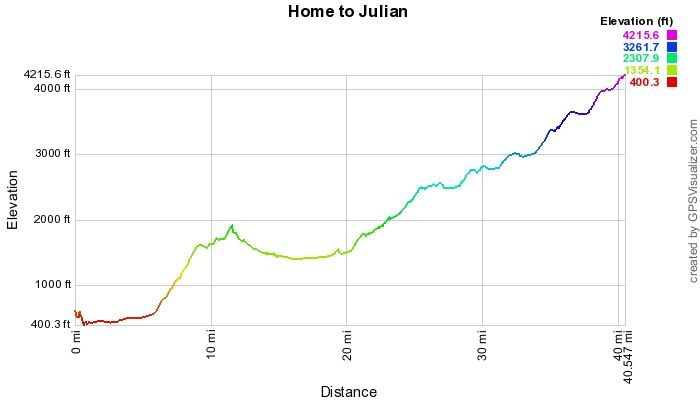edatoakrun said:
I am not suggesting regen is 80% efficient.
I am pointing out that on typical highway driving at 40-55 mph, on relatively gentle grades, you can recover about 80% of the total ascent energy in your descent. This is done by AVOIDING regen (or friction) braking as much as possible, coasting or using light throttle to increase your speed.
Agreed, and logical. But not the point (hyper-mile-ing) for THIS thread. If I drive the car on cruise control, I expect to get numbers closer to 1 bar / thousand feet climb, and half that on the descent.
My car is charging to 100% right now, and I think I'll try a drive to Julian, California, 81.2 miles, 3800 feet gain (400 feet to 4200). I expect to use 6 fuel bars to drive the 40.6 miles at 45mph, minus 4 bars for the 4000 feet elevation change.
Plus, we're experiencing high temperatures here, which will have some negative impact. I should have 2 fuel bars at Julian before I turn off the car (and one fuel bar if I turn the car off, and then back on). The test will be returning the 40.6 miles to return home !!!
I fully expect to maximize coasting, but I will need power to go through several small up hills. It'll be close, and I have a Nissan dealer at the bottom of the hill.





